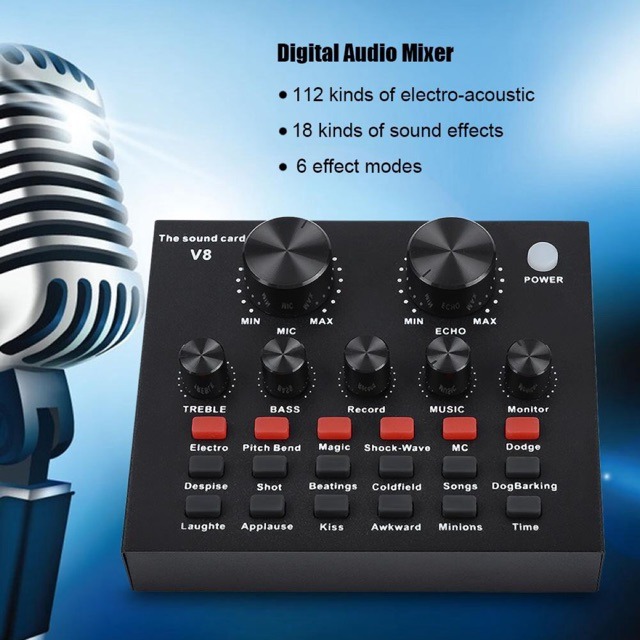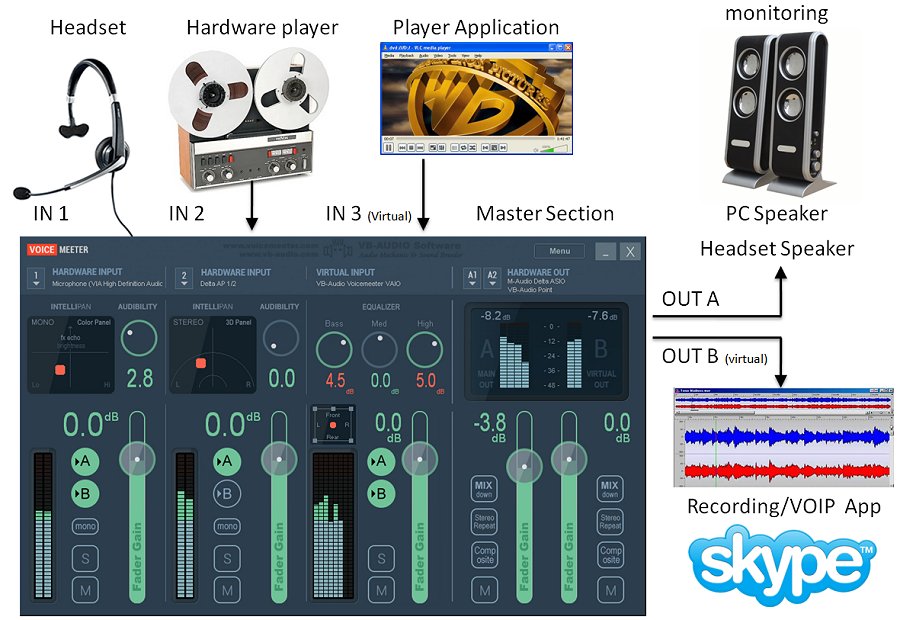

Some of these come with a stand, a pop filter, windscreen, shock mount, even an adjustable boom arm for clamping it on to a desk or shelf.

Plus they’re more likely to get damaged after an accidental fall off your desk or when a mic stand gets knocked over.Įxtras: If you’re starting your setup from scratch, some extra included gear can be really helpful. But a low-quality mic can sound tinny, grating, and pick up annoying background noise like fans and air conditioners. That doesn’t mean you can’t snag a great mic at a price within your budget though. Things like volume and gain knobs can make things much easier when you’re livestreaming and don’t want to take your attention away by going into your DAW application or tweaking your preamp.īuild: A cheap build is going to feel hollow, and sound even worse. A supercardioid mic takes it up a notch, reducing the ambient noise around you and auto-balancing the sound.Ĭontrols: Some USB mics have controls built directly into them, so you won’t have to adjust your levels elsewhere in your audio setup.

This is what podcasters use, since they’re mostly in one spot the whole time. A cardioid mic is a directional mic, meaning you’ll have to speak directly into it to in order for the mic to pick up the most sound. Type: Cardioid and dynamic are the two main types of USB mics you’ll run into when searching. There are a few things to keep in mind when shopping for the best USB mic for you. These mics all work with a USB hookup, so you can plug it in and get started right out of the box. And you don’t need to be an audio engineer to get and set up a good one either. There are many uses for a USB mic these days: Content creation, gaming, streaming, voiceover acting, remote learning and video calls, to name a few.

Products featured are independently selected by our editorial team and we may earn a commission from purchases made from our links the retailer may also receive certain auditable data for accounting purposes.


 0 kommentar(er)
0 kommentar(er)
